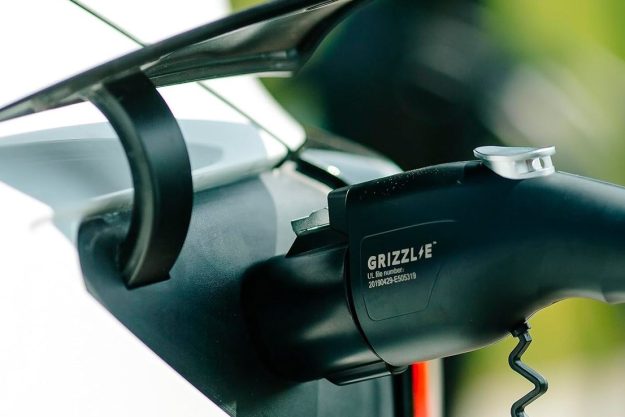Chevrolet has introduced a rugged, off-road focused version of the Colorado pickup named ZR2. The truck is scheduled to greet the public for the first time during the Los Angeles Auto Show.
On paper, the ZR2 is to the standard Colorado what the Raptor is to the Ford F-150. It receives a wider track, a lifted suspension, off-road tires, and ZR-2 specific bumpers on both ends that increase the approach and departure angles. Thick skid plates protect vital mechanical components (such as the oil pan) when the going gets tough, while steel tubes ensure the rocker panels don’t get dented on the trail.
More upgrades are found under the sheet metal. The ZR2 benefits from electronic locking differentials, and it’s offered with an adjustable suspension system developed jointly by Chevrolet and Multimatic, a Canadian firm that’s well known in the world of racing. Inaugurated two years ago by the Camaro Z/28, the trick suspension allows the Colorado ZR2 to provide a comfortable, sure-footed ride regardless of whether it’s traveling on pavement or in the desert.
There are no modifications under the hood. The Colorado’s base engine is a 2.5-liter four-cylinder unit rated at 193 horsepower and 184 pound-feet of torque. Buyers who tow or haul heavy loads on a regular basis can step up to the 2.8-liter, four-cylinder turbodiesel which makes 181 horsepower at 3,400 rpm and a solid 369 lb-ft. of torque at just 2,000 rpm. Finally, a direct-injected 3.6-liter V6 borrowed from the Cadillac parts bin and tweaked for work use is also available.
The ZR2 offers no less than nine different driving modes including rear-wheel drive, automatic four-wheel drive, four-wheel drive high, and four-wheel drive low. Transmission options remain unconfirmed at this point; a six-speed automatic is a sure bet, but whether the base Colorado’s six-speed manual will be offered on the ZR2 is anyone’s guess.
The 2017 Chevrolet Colorado ZR2 will go on sale nationwide in the coming weeks. Pricing information will be published in the weeks leading up to its on-sale date.




